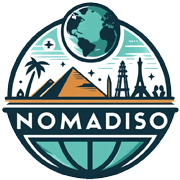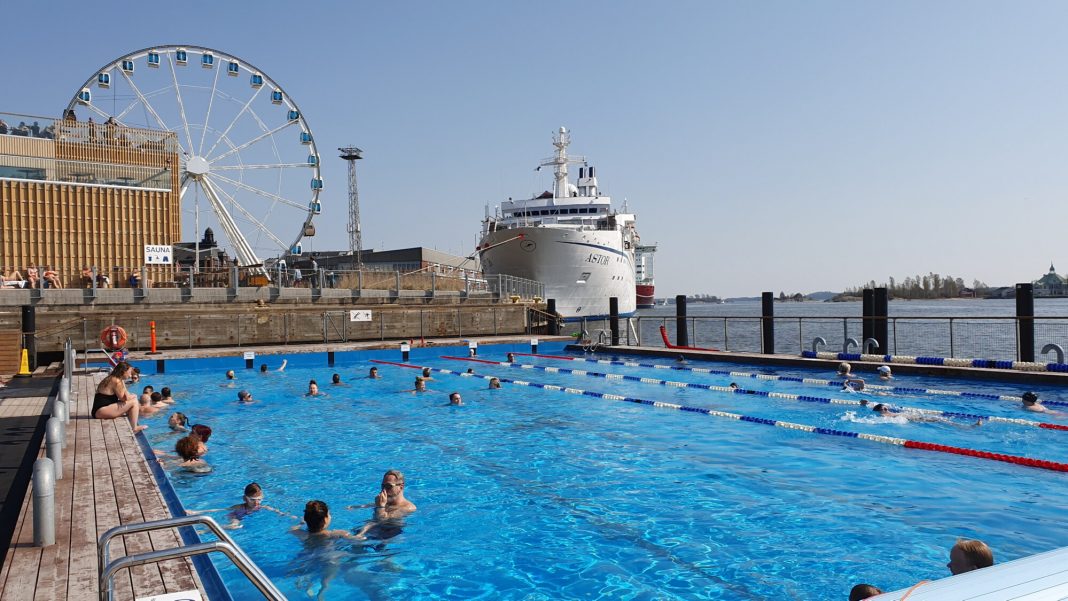Finland is the land of a thousand lakes, but did you know that it is also the homeland of the sauna? After all, what are 187,888 lakes compared to 2 million saunas 🙂 ? An invitation to a sauna is generally considered a sign of trust, so it’s no wonder that the president and the prime minister each have their own official saunas. In the capital city, Helsinki, besides sauna experiences, you can also explore ancient military fortresses on islands, cathedrals and temples, or a swimming pool connected to the sea.
What will you find in this article?
- Detailed map with attractions
- Practical tips to avoid surprises
- What not to miss in Helsinki
Detailed Google map with attractions
 Detailed map of our points of interest
Detailed map of our points of interest
Practical Information
-
- Best Time to Visit – the season starts from May 1st. Before this date, some sights are closed (e.g., open-air museum) or have later opening hours, and ferries to other islands do not operate (except Suomenlinna). The dark period lasts from October to February when the sun rises around eleven and sets as early as three in the afternoon.
-
- Prices – Helsinki, like Oslo and Stockholm, is a very expensive country, be prepared for prices twice as high as in our country.
-
- Airport Transport (zone C) – the fastest way to reach the city center is by train, you need a ticket for zones ABC – either a single ticket for 4.60€ or a 1 / 2 / 3 / 4 / 5 / 6 / 7-day day ticket for 12€ / 18€ / 24€ / 30€ / 36€ / 42€ / 48€ (valid on trains, metro, trams, buses, and ferries). A taxi costs a fixed 39€ through the yellow Lähitaksi.
-
- City Transport (zones AB) – the daily ticket mentioned above is the most cost-effective. The tram network is well-developed and can take you everywhere. Trams 2 and 3 form a ring around the city, and even the terminus stops are always designed as loops, so you don’t even have to exit the tram (only its number changes).
-
- HSL app – mobile app for transportation, where you can also buy single/day tickets. Prices are the same as from the machine, the only condition is registration of an HSL account.
-
- Helsinki card – 1 / 2 / 3-day card with transportation (zones AB) costs 49€ / 61€ / 71€. From our perspective, it’s not worth it at all unless you plan to spend entire days in museums.
-
- Saunas – the country is known as the birthplace of saunas; it’s said that in Finland, there are more saunas than cars. A typical Finn goes to the sauna at least once a week, and an invitation to a sauna is considered a sign of trust.
-
- Language – all signs are usually bilingual, first in Finnish and then in Swedish. Paradoxically, Finnish is linguistically related to the Hungarians and the Baltic Estonians.
-
- Coffee – drinking coffee is a social activity; in fact, it is considered impolite to leave the table before everyone has finished their coffee. Coffee is almost always served with a cake – kakkukahvi (translated as coffee and cake).
-
- Privacy – Finns value peace, quiet, and personal space; perhaps that’s why the saying goes “as cool as a Finn.”
What we saw in Helsinki
1. Suomenlinna Island
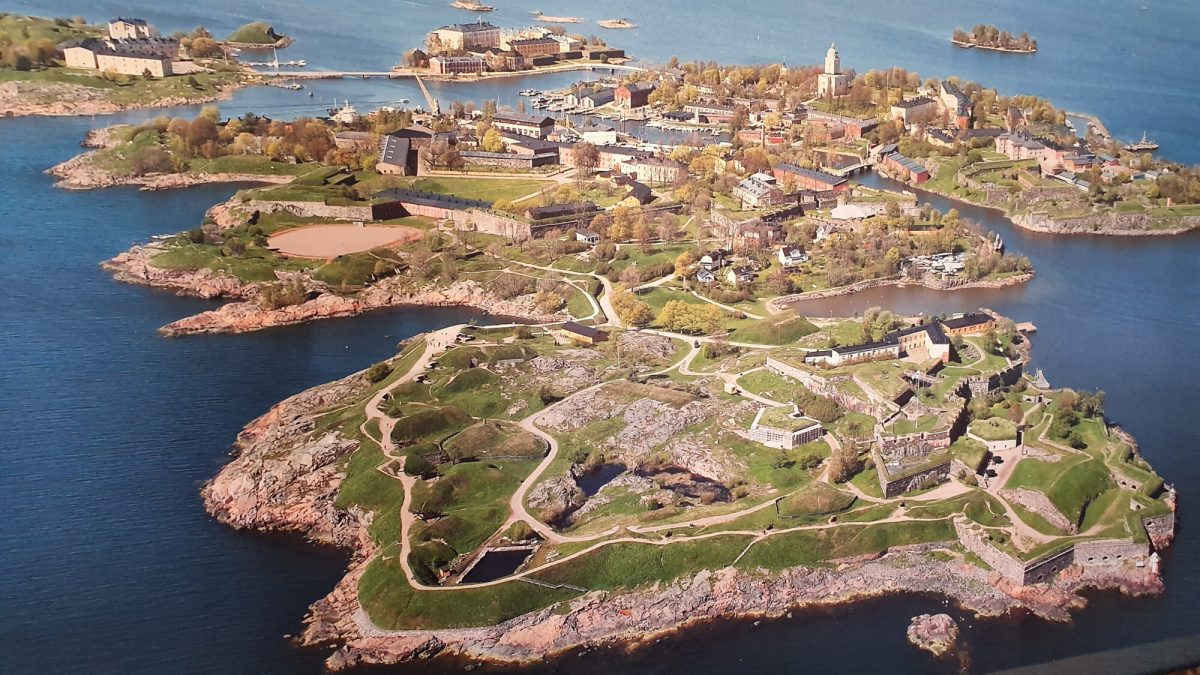
Suomenlinna Island (translated as Finnish Fortress) – is a former 18th-century military fortress, which is the biggest attraction in Helsinki. The fortress received the current name Suomenlinna only after gaining independence in 1918; previously, it was known by its Swedish name Sveaborg (Swedish Fortress). The fortress has been on the UNESCO list since 1991. Suomenlinna is open to tourists year-round from 10:00 during the season and 10:30 off-season. There are museums, restaurants, a supermarket, and even 800 inhabitants residing permanently on the island. You can reach the island by boat in 15 minutes with a public transportation ticket.
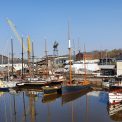
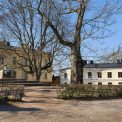
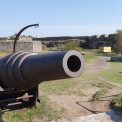
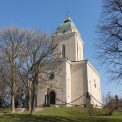
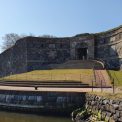
Main attractions of Suomenlinna (free):
-
- Suomenlinna Church – Suomenlinna Church was built as a Russian Orthodox church in 1854. The original structure had five towers with onion domes.
-
- Dry docks – The dry dock is the oldest in Finland and one of the oldest operational dry docks in Europe (dry means it can be completely drained for ship repair).
-
- Great Courtyard – the grand courtyard, designed by Augustin Ehrensvärd, served as the main square and administrative center of the fortress. The buildings surrounding the courtyard included the fortress commander’s house and the main guardhouse.
-
- King’s Gate – the King’s Gate is an iconic symbol of Suomenlinna. It was built between 1753-54 as the entrance gate to the fortress.
-
- Bastion Zander – Zander Bastion on Kustaanmiekke, in southern Suomenlinna, was the flagship bastion of the fortress throughout its history.
Museums in Suomenlinna (paid):
-
- Suomenlinna Museum (main historical museum) – €8
-
- Military Museum’s Manege and Submarine Vesikko (military museum and submarine) – €7
-
- Toy Museum – €7
-
- Ehrensvärd Museum (museum of the island’s architect) – €5
-
- Customs Museum – FREE
2. Helsinki Cathedral
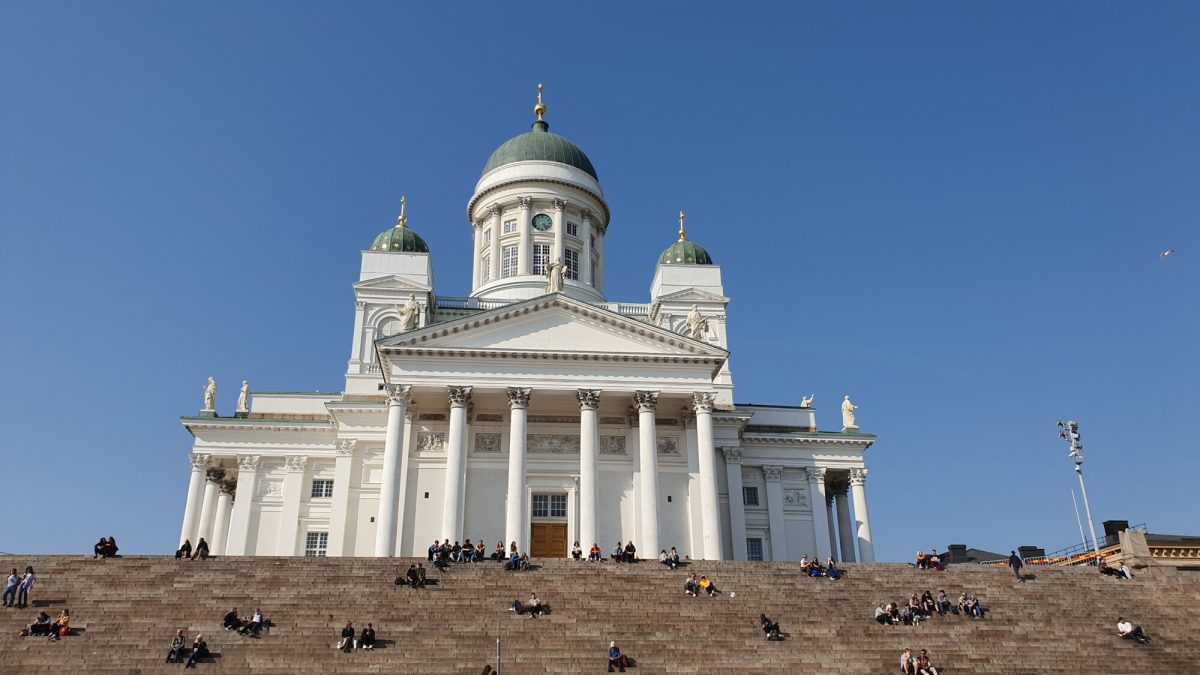
Helsinki Cathedral – a cathedral, which is the largest landmark of the city, was built in 1852 in neoclassical style. The cathedral has a Greek cross floor plan and besides the main tower, it also has 4 side towers. It stands on an elevated site in Senate Square, making it visible even from the islands. A wide staircase leads up to the cathedral, where young people often gather. The interior is very simple and adorned with statues of German and Finnish reformers.
3. Temppeliaukion Church
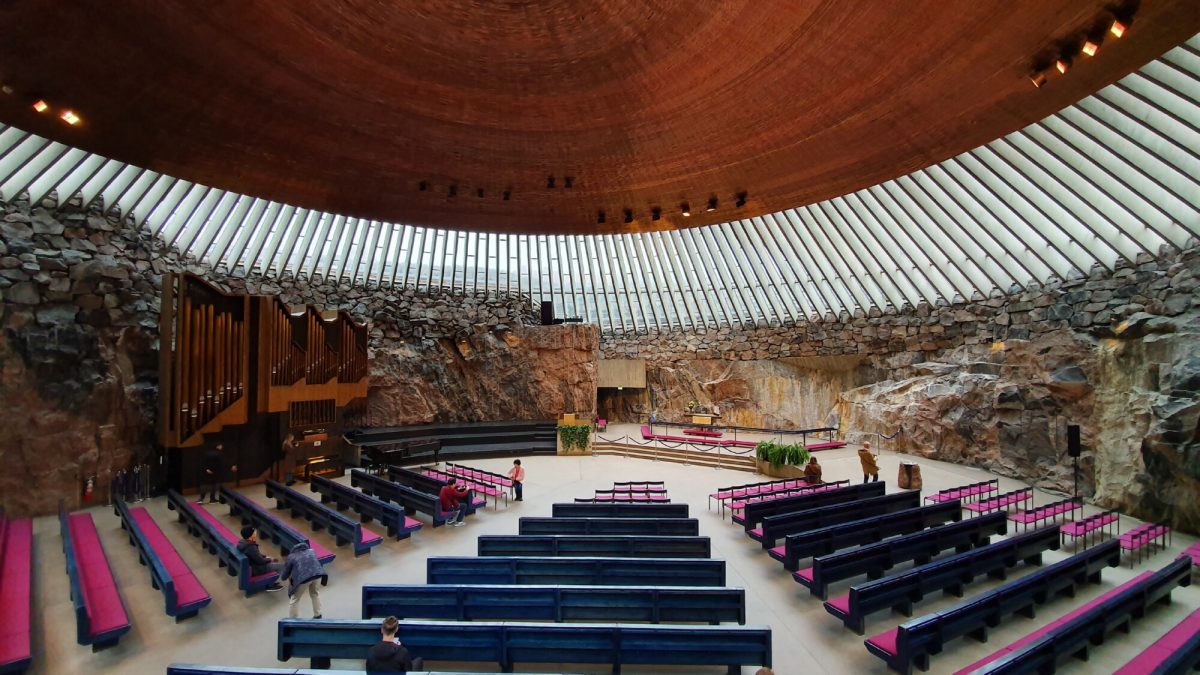
Temppeliaukion Church – a unique stone church created by the architect duo – brothers Timo and Tuomo Suomaleinen in 1969. The interior is embedded in a granite rock, the walls are 5 to 8 meters high and are made of roughly-hewn rock. Sunlight streams into the interior through the domed copper roof with 180 windows. Thanks to its unique acoustics, concerts by musicians and singers are held inside. The stone church is exceptional even on a global scale, with only about three similar sacred landmarks found worldwide. Regular services are held on Sundays at 10:00. Admission outside of mass times is €3.
4. Allas Sea Pool
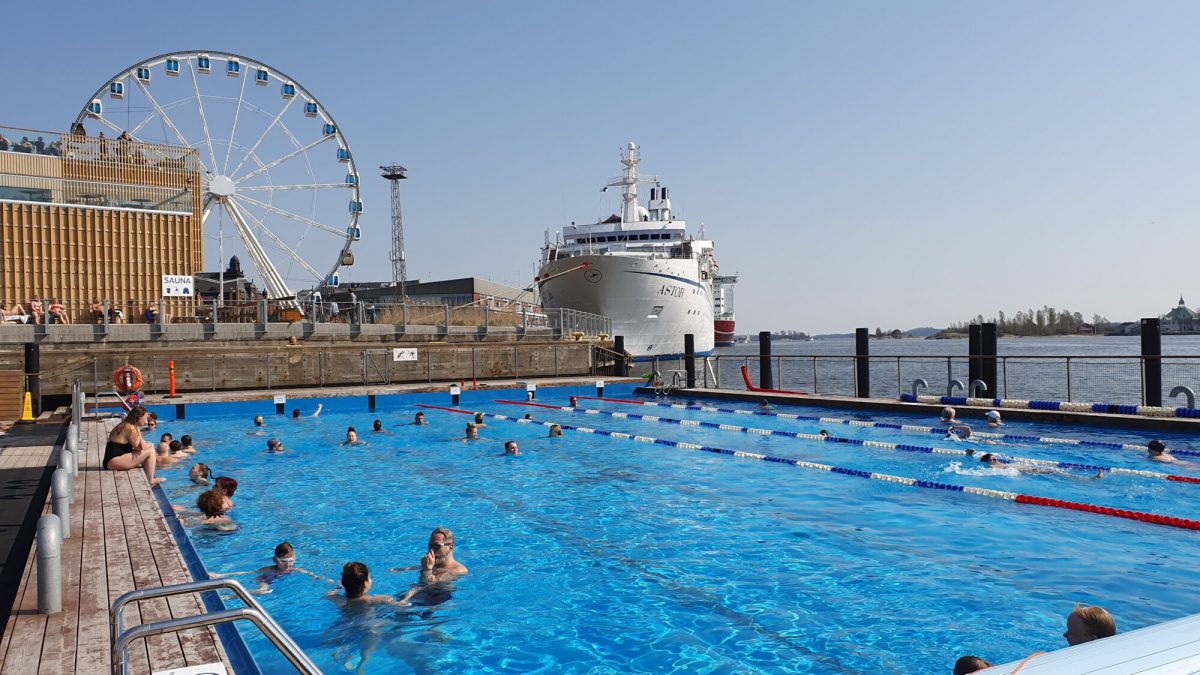
Allas Sea Pool – a modern swimming pool in the city center with two pools – one heated to 27°C and the other connected to the sea. In April, the sea water had a temperature of 5°C, so it was quite a challenge to get in, even just up to the knees. The area includes sunbeds, bean bags, a gym, and of course, a sauna. Admission is 14€.
TIP: The terrace above the pool is free and offers sunbeds and views of the entire city
5. Töölö bay
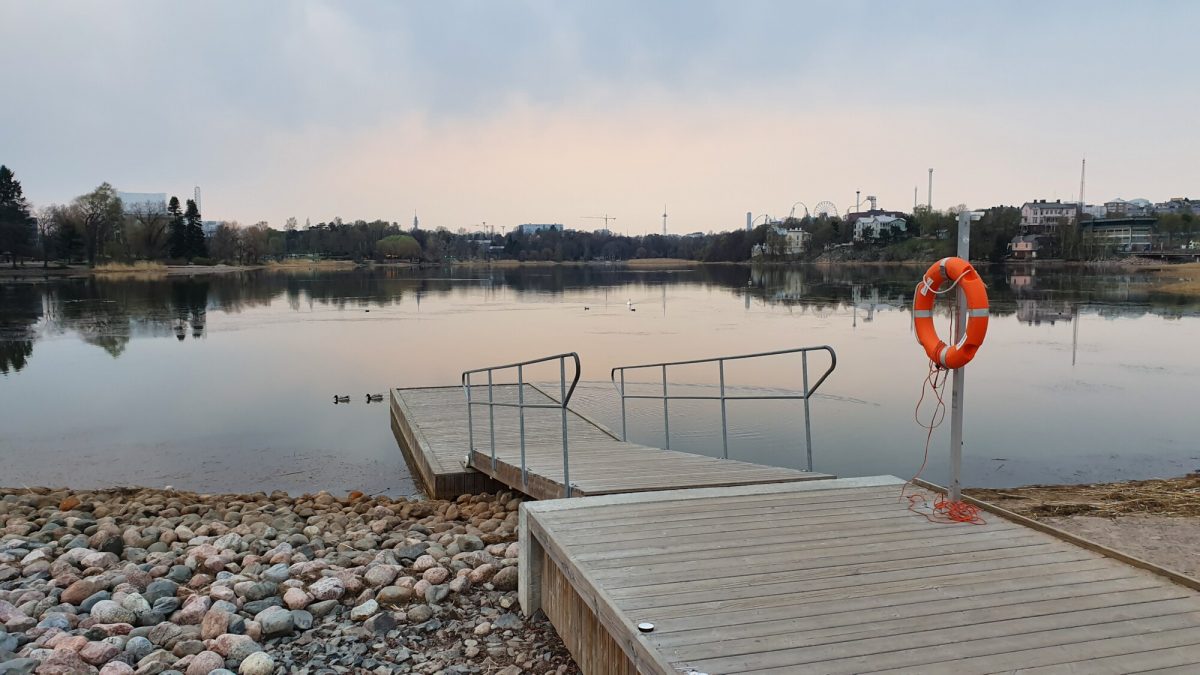
Töölö bay – a lake where you can enjoy a nice run or leisurely stroll. The wooden villas along the shores are reminders of Helsinki’s history. Töölö Bay is also a treasure for bird watchers. Töölönlahti Park is a new oasis for culture and urban events, developed along the southern coast.
6. Kamppi Chapel

Kamppi Chapel – wooden chapel just a short walk from the main station, where you can immerse yourself in absolute silence within a few seconds in this bustling city. Entrance is free and photography is not allowed there.
7. Central library Oodi
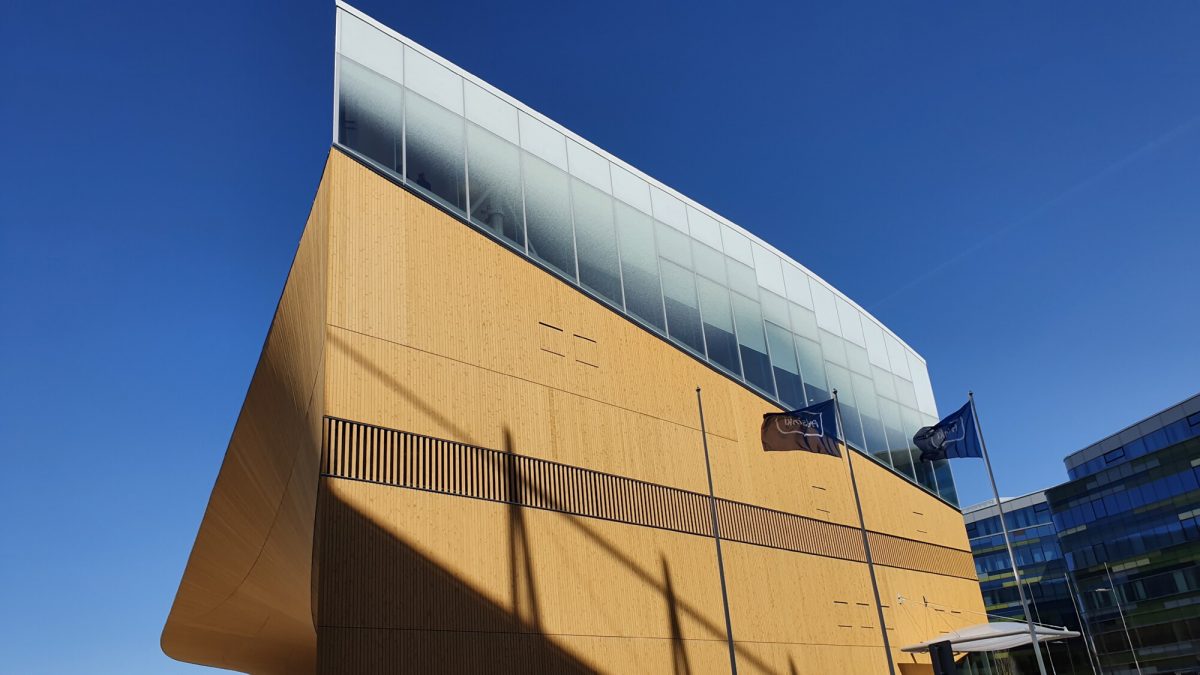
Central library Oodi – a central library that is open 7 days a week. The futuristic ship-shaped building has 3 floors. You will find relaxation areas, workspaces with desks, 3D printers, gaming zones, and the top floor is the library itself. I recommend visiting especially in bad weather.
8. Uspensky Cathedral
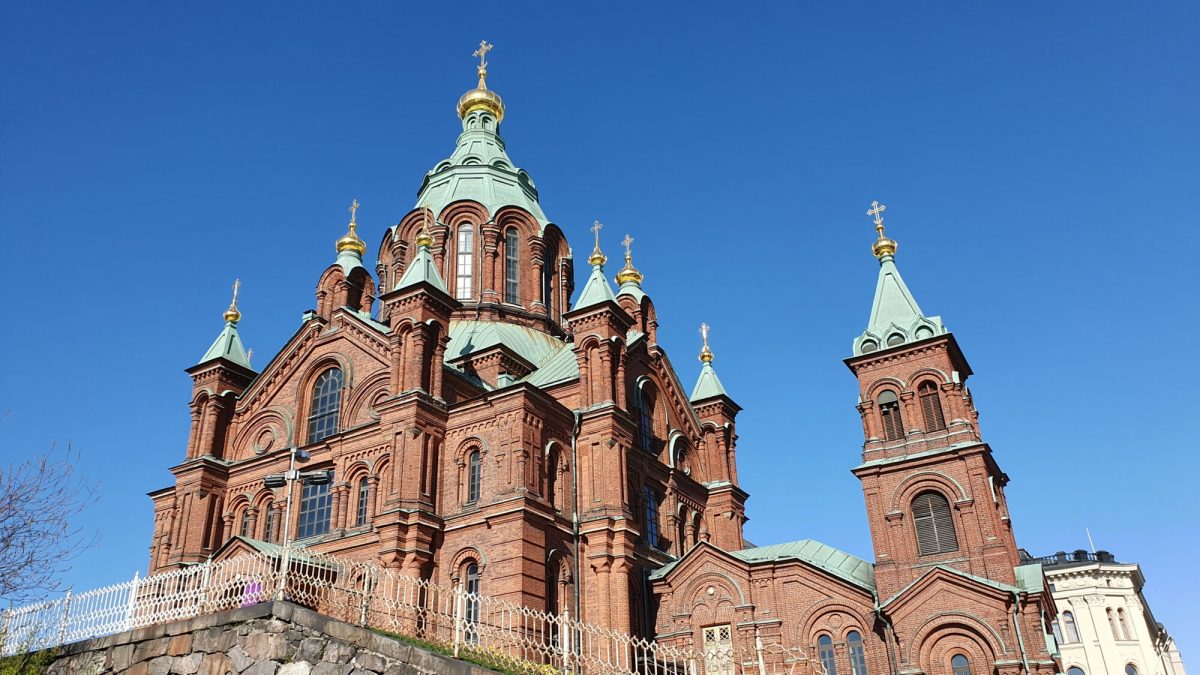 Uspensky Cathedral – cathedral of the Eastern Orthodox Church, also known as the Cathedral of the Dormition of the Mother of God, was built in 1868 in the Byzantine-Slavonic style. It is the largest Orthodox church in Western Europe.
Uspensky Cathedral – cathedral of the Eastern Orthodox Church, also known as the Cathedral of the Dormition of the Mother of God, was built in 1868 in the Byzantine-Slavonic style. It is the largest Orthodox church in Western Europe.
9. Hietaniemi Beach (Hietsu)
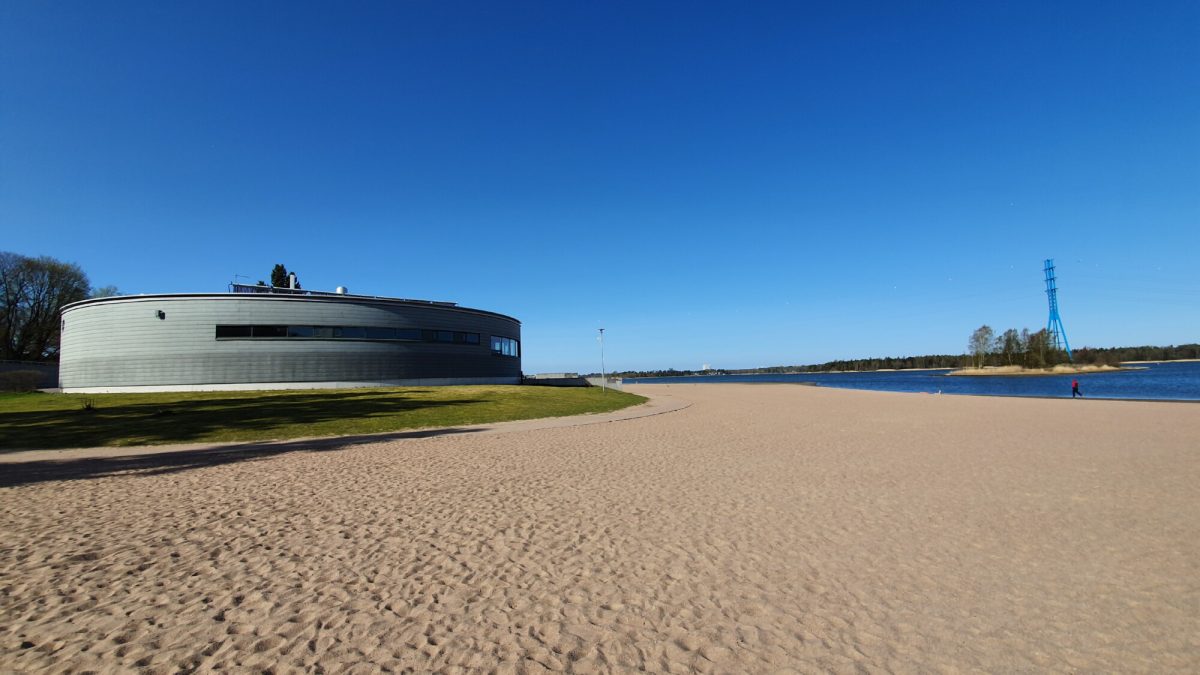
Hietaniemi Beach (Hietsu) – a large sandy beach near the center, one of the most popular ones.
10. Kaivopuisto and Sibelius Parks
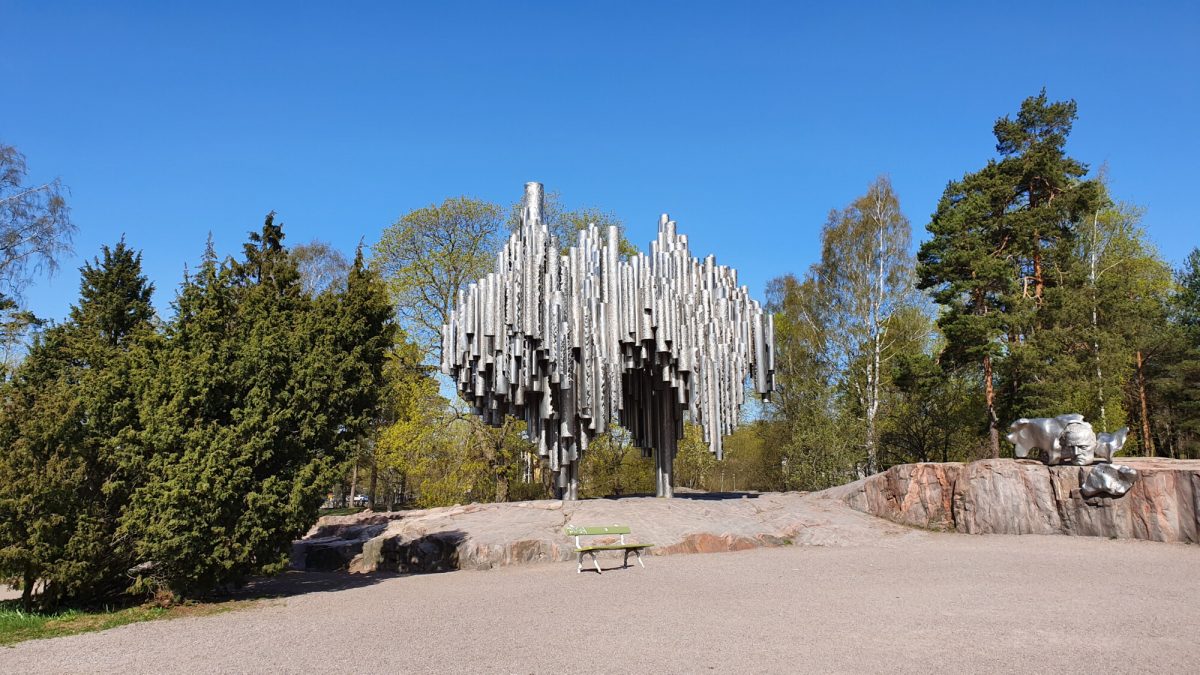 Sibelius MonumentParks Kaivopuisto and Sibelius – recreational parks, the first one featuring a small astronomical observatory, and the second one a memorial to the Finnish composer – the Sibelius Monument, made up of 600 iron pipes.
Sibelius MonumentParks Kaivopuisto and Sibelius – recreational parks, the first one featuring a small astronomical observatory, and the second one a memorial to the Finnish composer – the Sibelius Monument, made up of 600 iron pipes.
11. Seurasaari Open-Air Museum
Seurasaari Open-Air Museum – an open-air museum located on a beautiful green island just a few kilometers from the city center, consisting of 87 individual buildings, each unique to its province in Finland. It is one of the top attractions, but since it’s only open from May 15 to September 15, we didn’t include it. Admission fee is 10€. The island also includes one of the two nudist beaches in Helsinki and one of three in the entire country. Unlike other nudist beaches, this beach is segregated for men and women and requires a fee.
